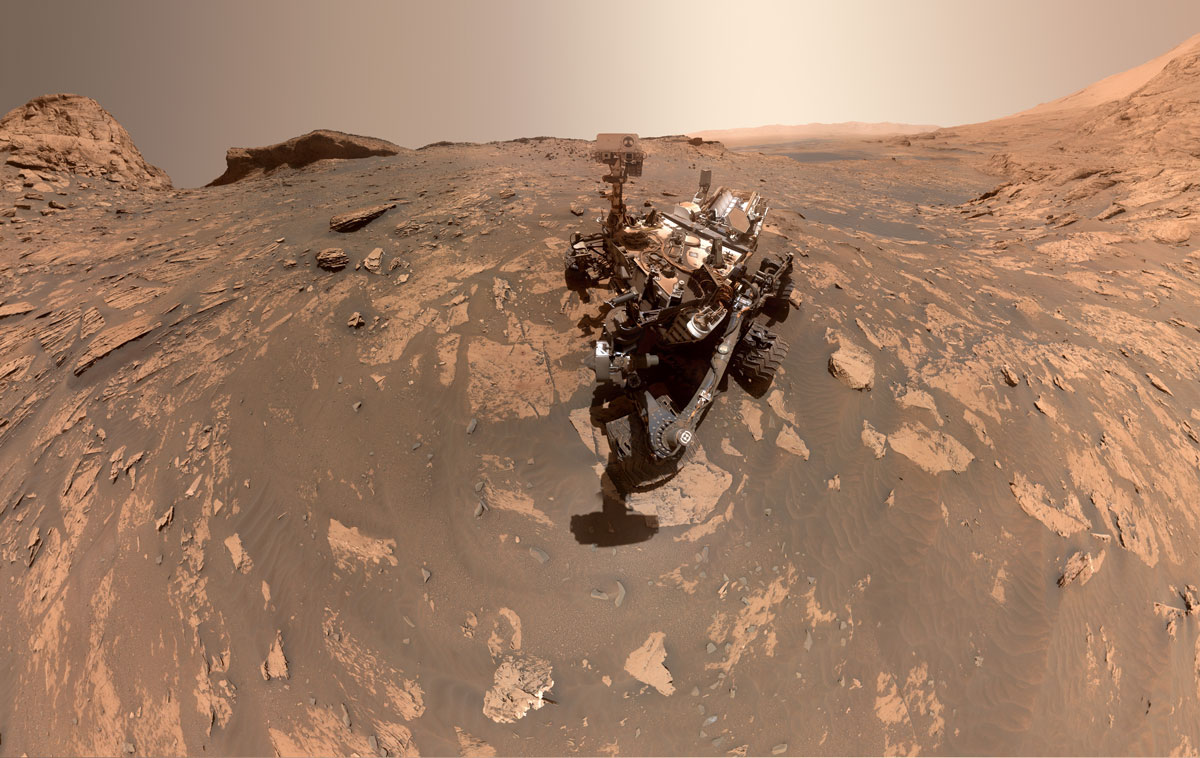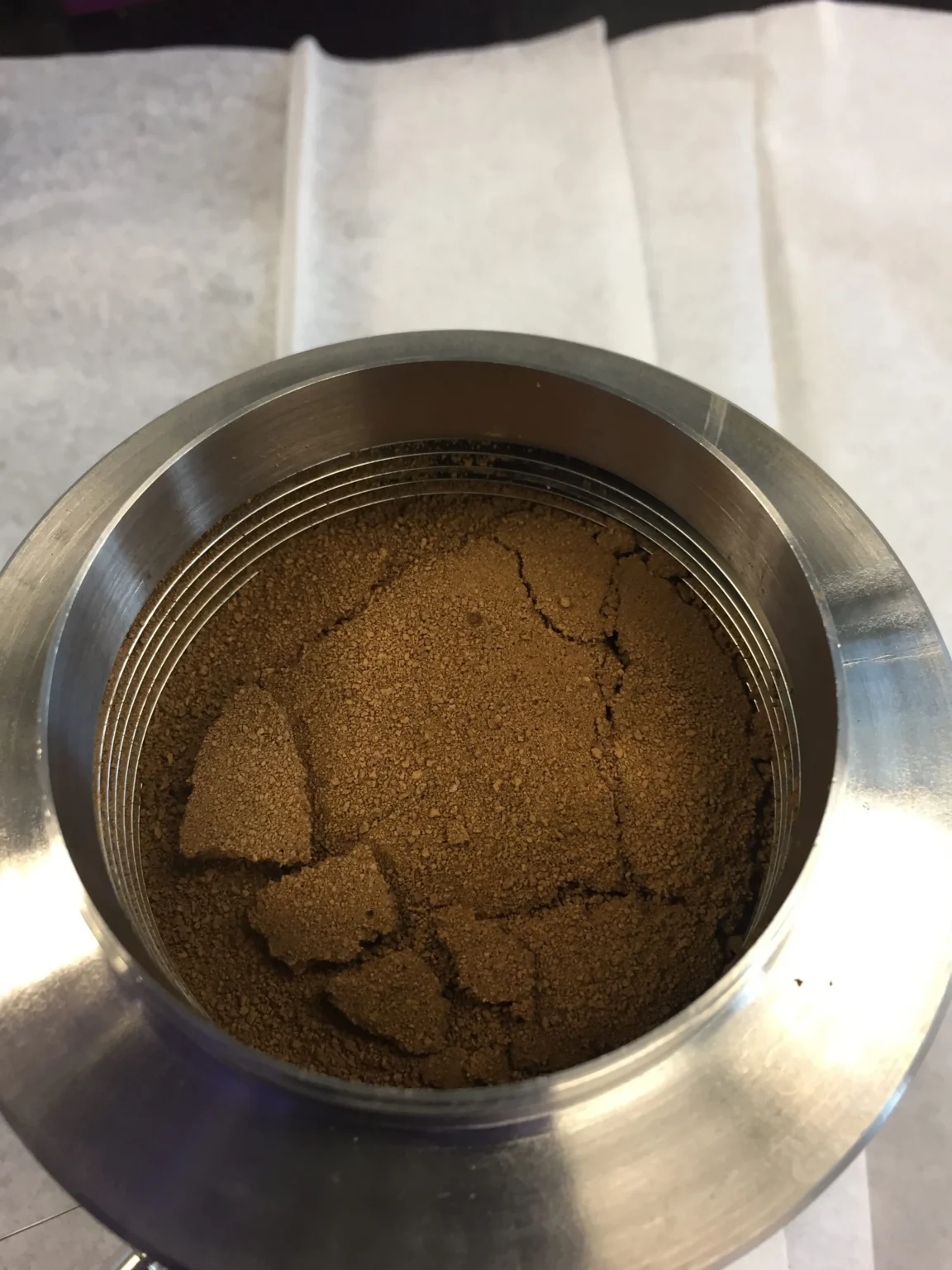NASA researchers have proposed a new explanation for the abnormal methane concentration inside Gale Crater. According to scientists, it can seep to the surface from under the salt crust formed during the permafrost.
Mystery of Martian methane
Most of the methane on Earth is produced by living beings. At the moment, scientists have not been able to find any convincing traces of the existence of life on modern Mars. Therefore, they did not expect to find methane there. Nevertheless, the SAM chemical laboratory installed on board the Curiosity rover constantly detects traces of this gas inside the Gale crater. Apparently, it is formed as a result of geological processes occurring deep below the surface, in which water and rocks are involved.

The problem is that the methane in the crater behaves in an unexpected way. It appears at night and disappears during the day. Its concentration varies depending on the season, and sometimes jumps to a level 40 times higher than usual. At the same time, methane does not accumulate in the atmosphere. The TGO spacecraft, sent to Mars specifically to study methane, could not detect it.
Scientists have long puzzled over why methane behaves so strangely and is found only in Gale Crater. Recently, a research group from NASA shared an interesting theory about this.
Salt and permafrost
In an article published in the March issue of the Journal of Geophysical Research: Planets, scientists have suggested that methane may be sealed under a layer of solidified salt (salt crust) in the Martian regolith. When the temperature rises in the warm season or day, its tightness is broken, which leads to gas entering the atmosphere. Moreover, scientists believe that the salt crust can crack when Curiosity passes through it (its mass is 899 kg), which also causes methane to escape.
According to scientists, this hypothesis may help explain why methane was found only in Gale Crater. After all, this is just one of two places on the planet where the rover is moving and drilling the surface. At the same time, the Perseverance rover does not have a methane detector — so it cannot detect an increase in its concentration.

As confirmation, scientists gave the results of experiments in which they tried to grow microbes in a simulator of the Martian permafrost. The results of growing microbes turned out to be inconclusive, but scientists noticed the formation of a salt crust consisting of perchlorates in the upper part of the soil. Subsequently, they tested a number of permafrost samples with different salt concentrations and concluded that a crust capable of retaining methane is formed in samples with a concentration of perchlorate from 5 to 10%.
Of course, there is probably no permafrost in Gale Crater right now. But the salt crust could have remained since the Ice Age, when the climate in this region was much colder.
According to https://science.nasa.gov
Follow us on Twitter to get the most interesting space news in time
https://twitter.com/ust_magazine


